Chris Henschke is an Australian artist who has worked with CMS over a number of years. One year ago, he performed Dark Waves, a CERN Symphony, at the site of the CMS detector and using CMS data to produce the sounds of the LHC. This could be the first time we ‘hear’ Dark Matter: missing energies in the data were also sonified, one of the areas where Dark Matter could be hiding! Last year, the performance was live streamed to YouTube and other CMS socials in celebration of Dark Matter Day, an international celebration of Dark Matter research and all things Dark Matter. One year on, Chris reflects on the whole process that led him to that moment and what thoughts have stayed with him since.
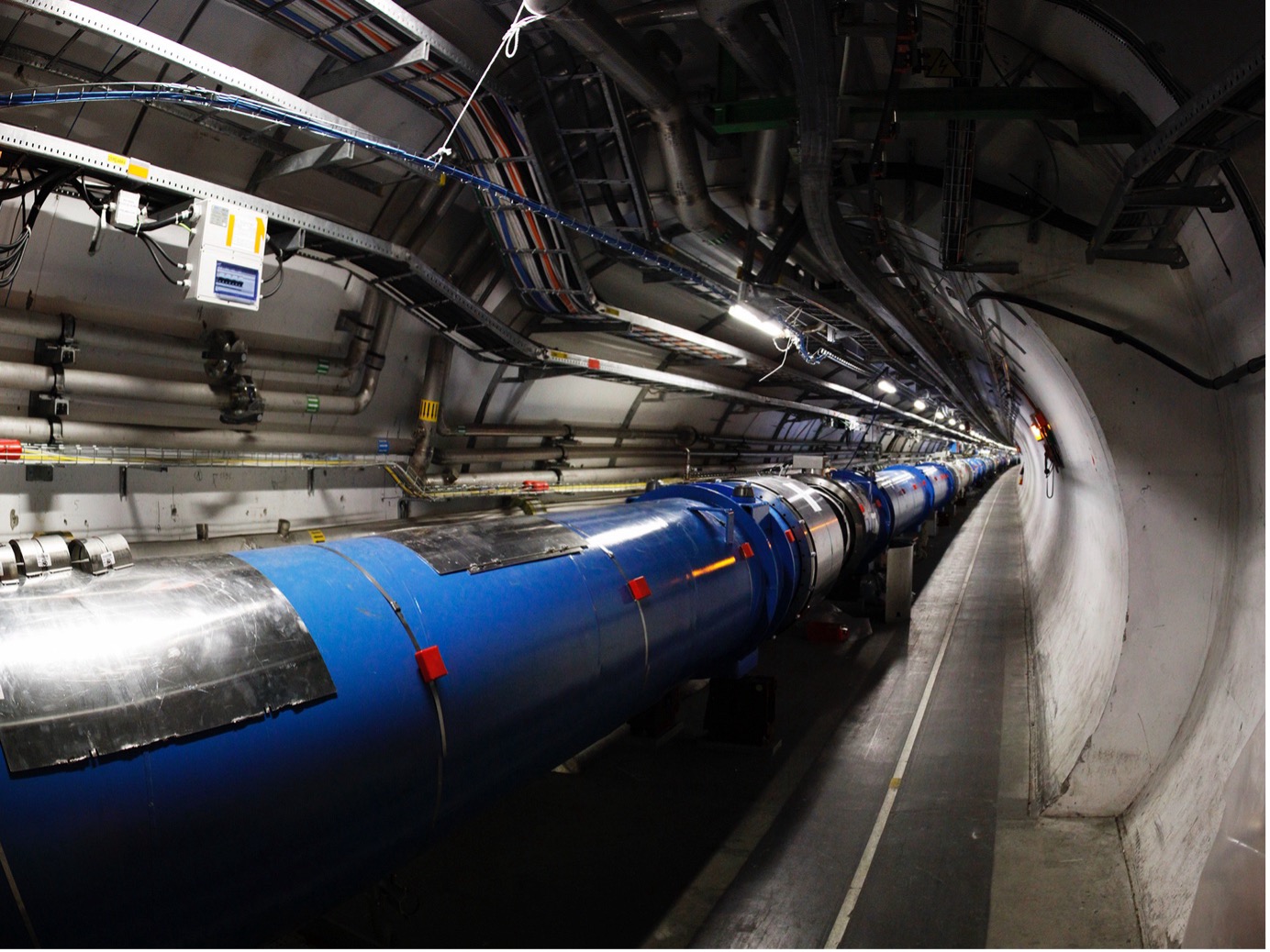
In 2024, I was awarded a Synapse Fellowship from the Australian Network for Art & Technology, enabling me to return to CERN for two months and re-connect with my collaborators at the CMS experiment. I had previously been to CERN several times during my doctoral practice (2014–2016) through the art@CMS program initiated by Michael Hoch.
This residency allowed me to continue developing a body of work that moves between the macroscopic and the microscopic: the vast architecture of accelerator rings and detector systems, and the subatomic events they are built to observe. My practice engages sound, sonification, spatial intervention and conceptual inquiry to explore how scientific knowledge is embodied, sensed, and performed. Rather than illustrating scientific concepts, I am interested in how one might perceive and feel the energetic and ephemeral qualities in high energy physics experiments, in a sense both conceptually and practically, how to listen to an experiment — how to attune to the temporal and relational scale of machines that operate far beyond human perception. The processes and projects I developed, indeed the journey I undertook, can be broken down into three phases.
Phase 1 — Exploration & Activation
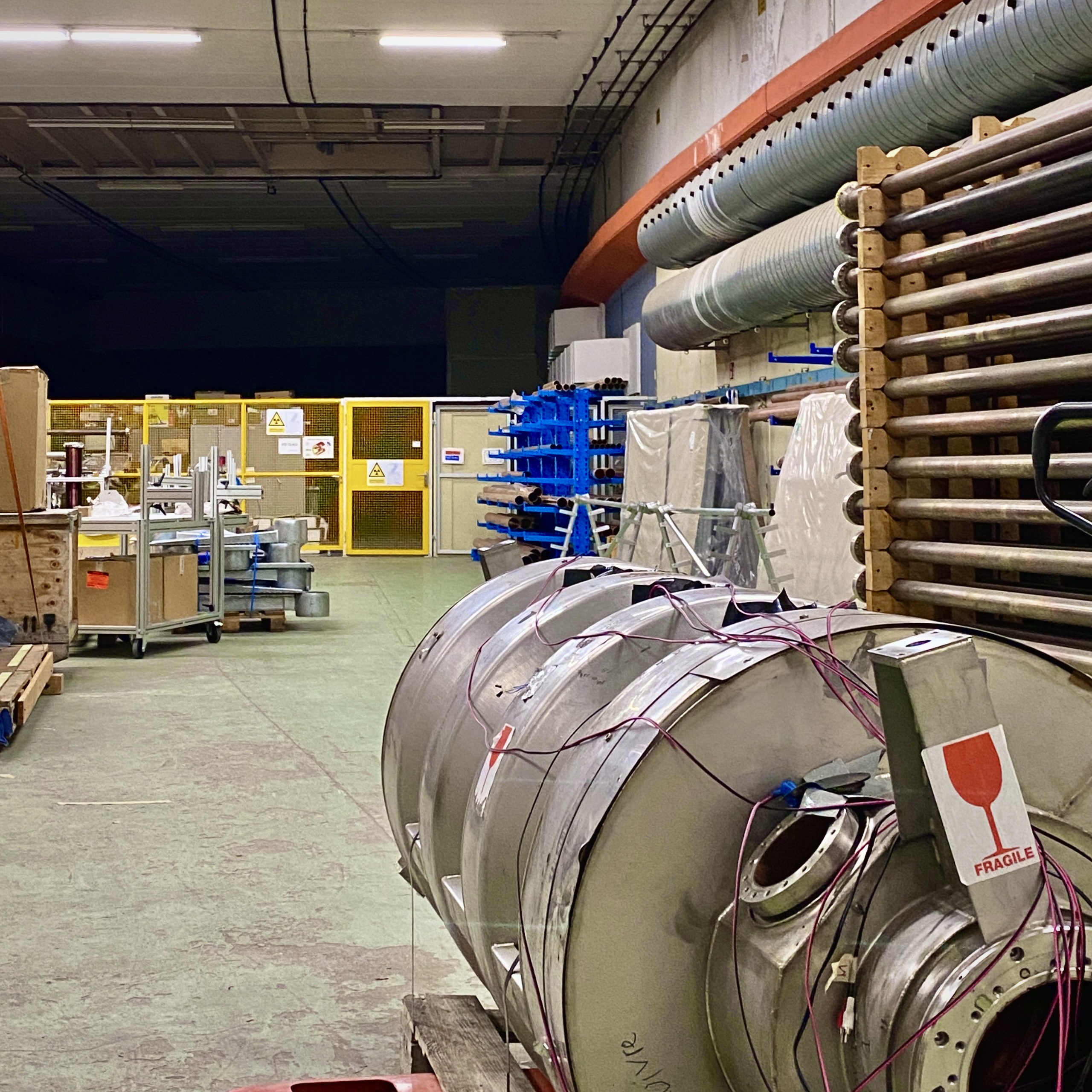
From the first day, I began wandering the familiar corridors of the CERN complex — a Ballardian labyrinth of offices, labs, and warehouses containing decades of experimental history. Much of this early phase involved exploring these material archives, the stored and decommissioned components of past accelerator and detector components, the “ancestral machines” of the LHC.
During this period, I worked with LHC dipole magnets in the Large Magnet Facility, using a hand-built induction coil to translate electromagnetic fields into audible vibrations. The coil functioned as a kind of field stethoscope. When resonance emerged, I could feel the field as much as hear it. The magnet would “sing.” This was not symbolic sonification, but a direct coupling between my body, the coil, and the machine.
This phase unfolded alongside CERN’s 70th anniversary celebrations and discussions of the proposed Future Circular Collider (FCC). For the first time, I sensed an atmosphere of uncertainty, a feeling that the future of high-energy physics is no longer pre-given but under negotiation. The energy this time felt very different from the Higgs discovery years ago, when CERN was abuzz with excitement. CERN, and indeed the world, felt like it was at a crossroads. Also, during this period I I was given the privilege of 'dumping the LHC beam' at the end of a period of collisions ( known as a 'fill'),, but that is another story.
Phase 2 —Immersion & Creation
I had already succeeded in sonifying data from the LHC and the CLEAR experiment, using a combination of Python, Audacity and analog signal processing. My research then shifted towards CMS, the Compact Muon Solenoid experiment. In conversations with CMS physicist Wolfgang Adam, I realised that particle accelerators and analogue synthesizers share the same conceptual vocabulary: energies, frequencies, intensities and phases - such qualities are also the foundation of sound synthesis. This provided a shared working language — a space where artistic and scientific practices could meet without translation into metaphor. I suddenly saw the Large Hadron Collider as a high-energy synthesizer! The events produced within the LHC experiments are not images or representations, but material / energetic events in time. In collaboration with Wolfgang, I was able to extract the ‘missing energy’ between the input from the LHC and the measurements of the CMS detector, in a sense subtracting the output signal from the input signal, and seeing (or hearing) what was left. This is similar to processes used at CMS to search for signs of dark matter: to understand what they do not see, as well as what they do see. The sound created from this process was unique and eerie, possibly the first sonification of dark matter!
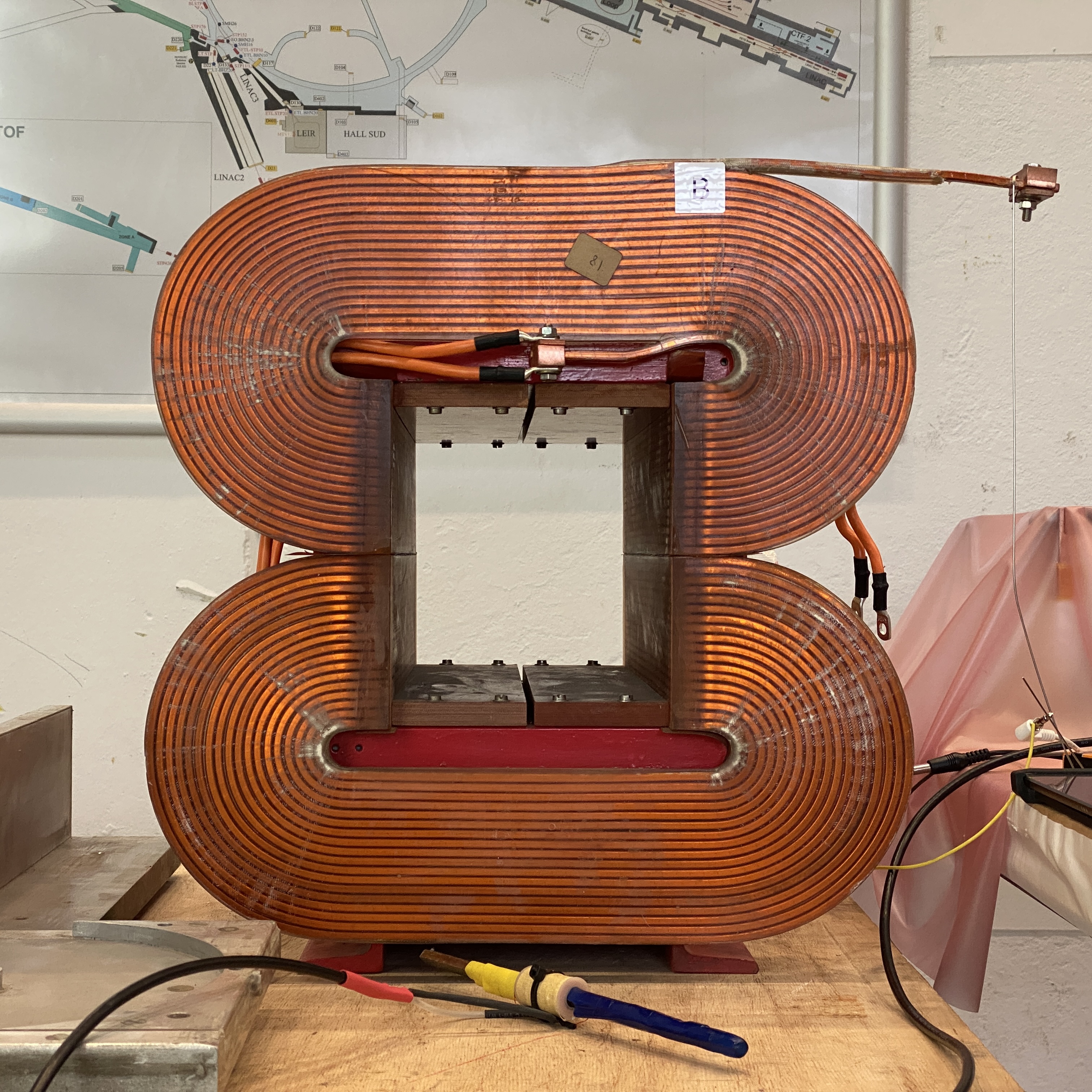
Phase 3 — Dark Waves
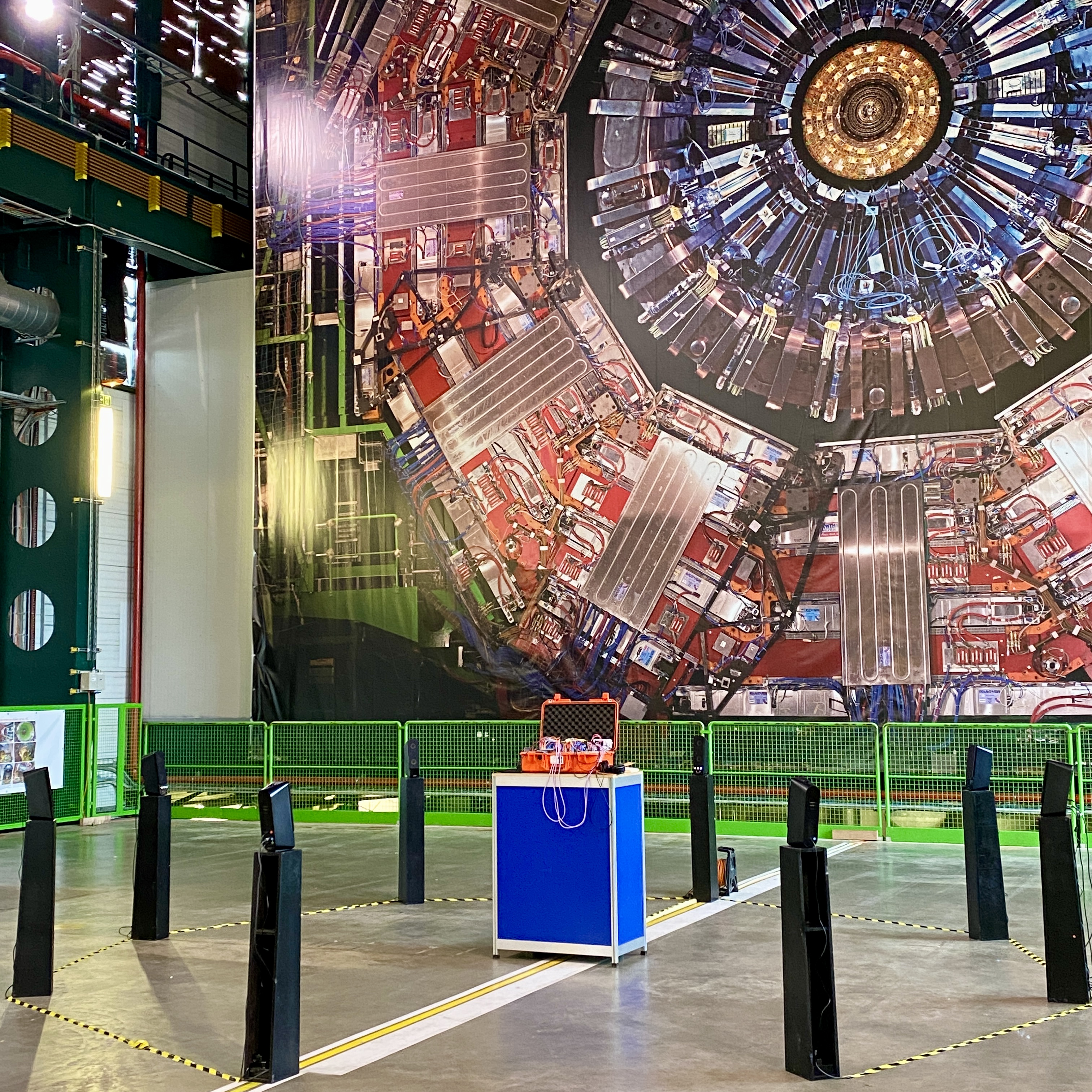
The fellowship culminated in Dark Waves, a performance presented for Dark Matter Day inside the CMS detector hall. We installed a custom made eight-channel sound system in front of the full-scale CMS mural, forming a circular acoustic field. The audience (initially) stood within this field; I stood facing the detector, listening — a posture of attunement rather than performance. This event represented the convergence of place, machine, instrument, body and field.
The composition elements were sonic signatures of the electromagnetic field recordings and resonance interactions collected across the accelerator complex. The composition traced a journey of scale: from the architectural and infrastructural, through the vibrational, into the sub-atomic. It was entirely analog and improvised. At the last moment, I discarded my score (which itself shocked the director!). Instead, I went “full dark”, waves of noise, volume at 11, with no sequencing or “normal” samples, except for the sonified data as modulation input – in this way I wanted the experiments – the machines, the detectors – to play the synthesizers (with a bit of subjective tuning on my part just to help find the harmonics). After the first few minutes, the audience had all backed away! And somehow the data I was feeding into my “analog laptop” synthesizer made it momentarily go out of control . Someone asked afterward if I could ever repeat it. I said no — it was a unique experiment, unreproducible. Another person said it was unlike anything they had experienced. So something must have worked!
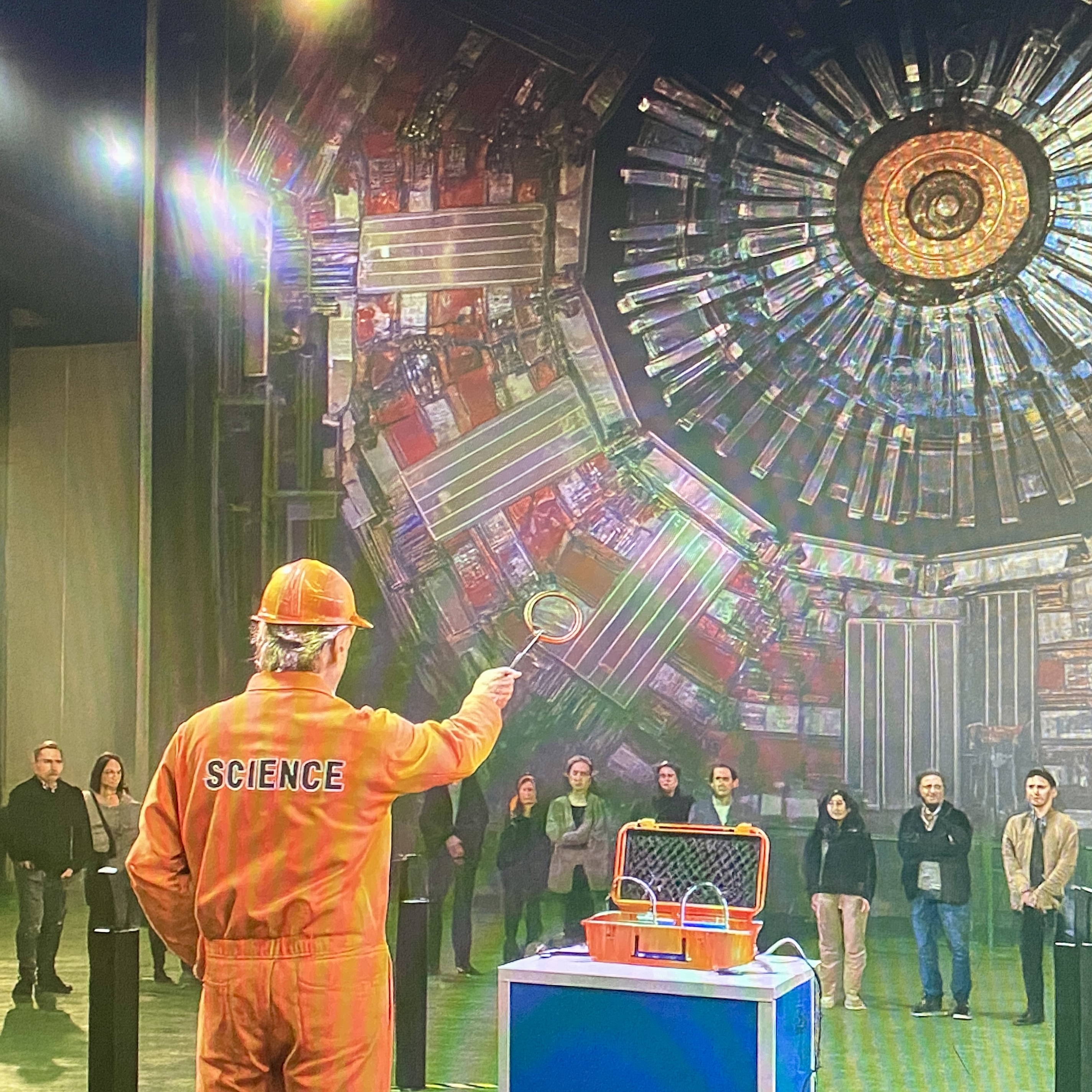
Aftermath
After dismantling the installation on the final day of my fellowship and leaving CERN, I found myself asking: What actually happened here? What is being perceived when we perceive at this scale? What exists after maths? I kept returning to a phrase I shouted ecstatically in the CMS hall on the final day: it’s all a “liquid reality.” From a quantum perspective, like looking up from beneath the water, the world is not stable or singular — it shimmers from below.
Reflection
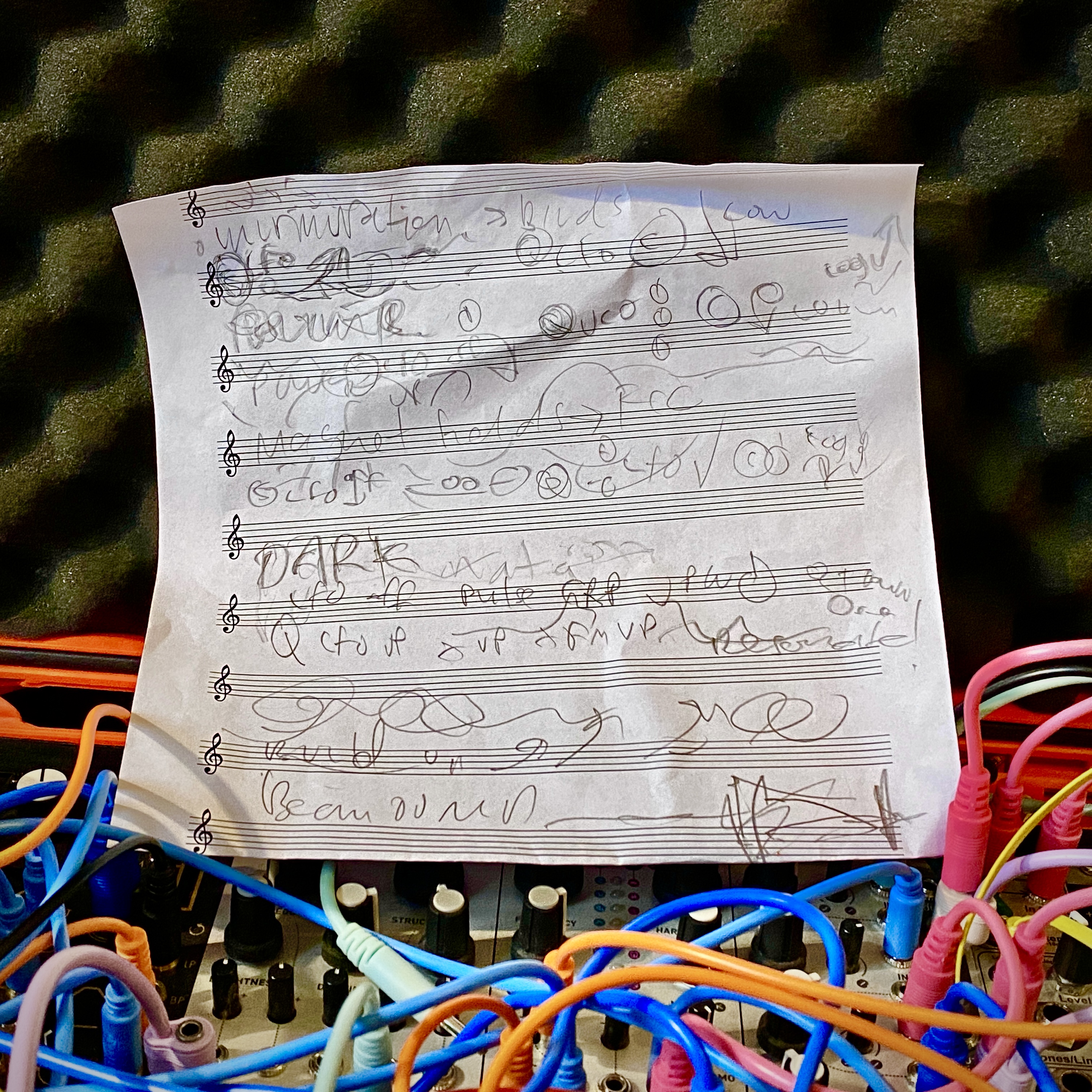
During the fellowship, I came to understand the machines not as tools but as temporal entities, holding the accumulated histories of experiments, ideas and human effort. The coil became a mediator — a translator between electromagnetic field behaviour and embodied perception. Sound became the means of moving between scales and forms: subatomic, nuclear, magnetic, vibrational, audible, felt. The project ultimately was not about making the invisible visible, but about learning to be present with forces that exceed us. And unlike some of my previous sculptural media projects at CERN, this time I was exploring minimal impact and immaterial interventions. When I turn it on, the sound fills and activates the space, then, like dumping the beam at the LHC, I flick the switch and it’s gone.
Further Links:
- The YouTube Live: https://www.youtube.com/live/SZKxZPKFMDY?si=5jCa3uAooxUo6_mB&t=313
- Chris Henschke’s website: https://www.chrishenschke.com/
- Chris Henschke’s CERN blog: https://henschke2024.blog.anat.org.au/
